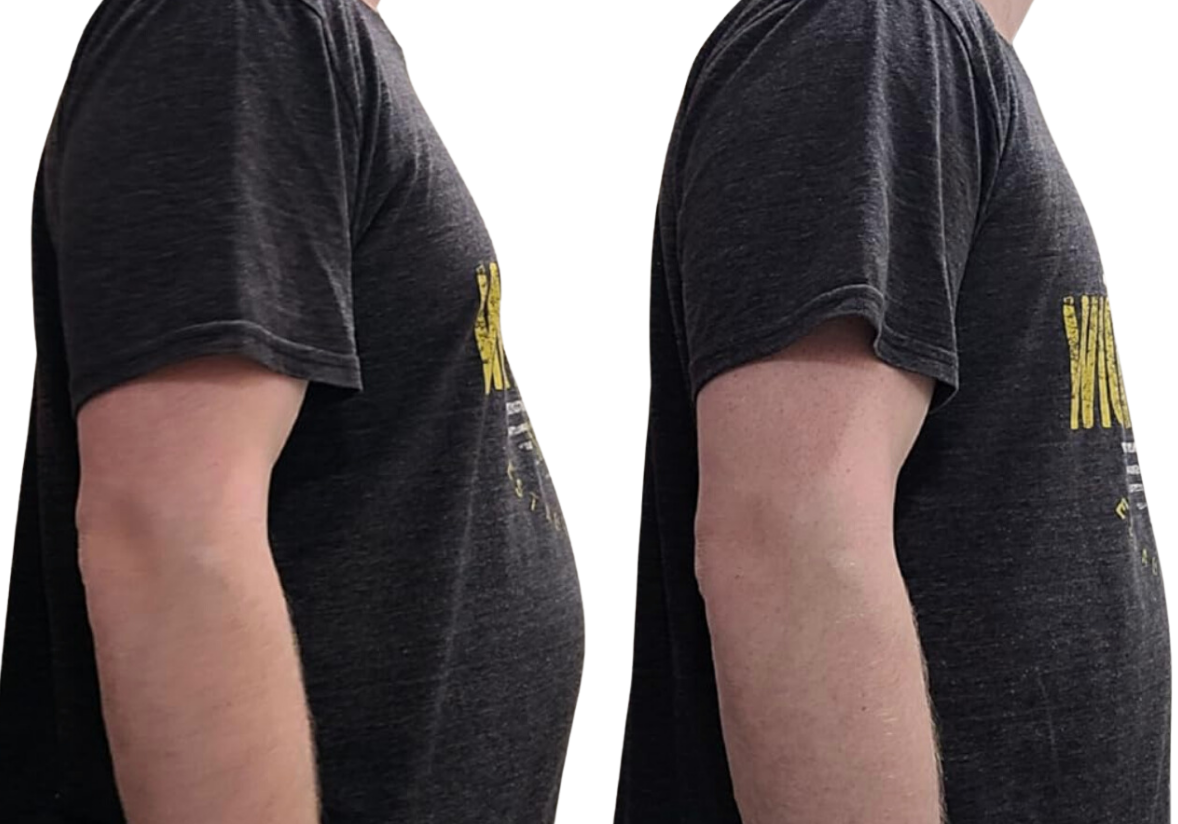Gynecomastia causes male breast tissue to grow larger. Men with this condition develop extra breast glandular tissue making their chests look more like women's breasts. This can affect one or both breasts and often makes men feel embarrassed and self-conscious. While gynecomastia can happen at any age, it shows up most often during puberty and in older men.
Causes of gynecomastia in adults
Many things can cause gynecomastia in grown-ups. Hormone imbalances play a big role, as too much estrogen compared to testosterone can make breast tissue grow. This imbalance in hormones can happen because of different reasons like being overweight having liver problems, or taking certain medicines such as steroids or drugs that block male hormones.
Using drugs for fun, like weed or heroin, is another common reason for gynecomastia in adults. These drugs can mess up the normal balance of hormones in the body, which leads to breast tissue growth. Also, some health issues like an overactive thyroid, kidneys not working well, and tumors can have an impact on the development of gynecomastia.
Symptoms of gynecomastia
Gynecomastia's primary sign is breast tissue growth in males. This growth can be small or large sometimes looking like female breasts. Men might also feel pain or discomfort in their breasts. Remember, gynecomastia differs from pseudogynecomastia. Pseudogynecomastia happens when fat builds up in the chest, but there's no breast gland tissue.
How long does gynecomastia last in adults?
The length of time gynecomastia lasts in grown-ups differs from one person to another. Sometimes, gynecomastia goes away by itself without any treatment in a few months to a year. But for some people, it sticks around longer. Keep in mind that gynecomastia is a health issue that needs a proper check-up and diagnosis by a doctor.
Things that affect how long gynecomastia lasts
Various things can affect how long gynecomastia lasts in adults. The root cause of the problem has a big impact on its duration. When gynecomastia stems from a short-term hormone imbalance, like during puberty, it might go away on its own as hormone levels even out. However, if a medical condition or medication causes gynecomastia, it could stick around until doctors treat the underlying issue or stop the medication.
Age plays a role in how long gynecomastia lasts. Older men might experience longer-lasting gynecomastia because of hormone changes that come with aging. Also how you live your life can affect gynecomastia's duration. What you eat and how much you exercise has an impact on how long it sticks around. Keeping a healthy weight and working out could help manage the symptoms and maybe even make gynecomastia go away faster.
Treatment options for gynecomastia
Doctors have a few ways to treat gynecomastia, based on how bad it is and what's causing it. Sometimes, fixing the root problem does the trick. This might mean stopping certain meds or treating a health issue that's behind it. But if the problem sticks around or bothers someone, surgery might be the way to go.
Doctors can treat gynecomastia with surgery. They might use liposuction to take out extra fat and gland tissue. For bigger or tougher breast tissue, they might cut it out. These are same-day procedures where you're put to sleep. It's a good idea to talk to a skilled plastic surgeon. They'll help you figure out the best way to treat your specific case.
Lifestyle changes to manage gynecomastia
Besides medical treatments, some lifestyle adjustments can help control gynecomastia symptoms and maybe shorten its duration. Eating a balanced diet and exercising to maintain a healthy weight can minimize extra fat buildup in the chest area. Strength training that focuses on chest muscles might also improve how gynecomastia looks by building muscle tone.
Staying away from recreational drugs and cutting back on alcohol can also help manage gynecomastia. These substances can throw off hormone balance and lead to breast tissue growth. It's key to adopt an overall healthy lifestyle, as this can boost both physical and mental health.
When to see a doctor for gynecomastia
If you think you might have gynecomastia, you should talk to a doctor to get a proper diagnosis and advice on treatment. While gynecomastia isn't a serious health problem, it could point to other health issues that need looking into.
Also, if gynecomastia causes you a lot of physical or emotional stress, it's a good idea to see a doctor. They can help guide you and talk about ways to treat the condition.
asked questions about gynecomastia
1. Can gynecomastia occur in infants?
Babies can get gynecomastia. This happens a lot and stems from exposure to their mother's estrogen while in the womb. In most cases, this problem in babies goes away on its own in a few weeks or months.
2. Can gynecomastia point to breast cancer?
Gynecomastia doesn't link to breast cancer, but it's key to check with a doctor to rule out any other health issues. In some rare cases, gynecomastia might be a sign of male breast cancer if you notice other worrying symptoms like a lump or fluid coming from the nipple.
3. Can gynecomastia come back after surgery?
Sometimes, gynecomastia returns after surgical treatment. This happens more often if doctors don't fix the root cause or if hormone imbalances continue. To lower the chance of it coming back, patients should follow their doctor's instructions after surgery and live a healthy life.
Conclusion
Gynecomastia happens often in grown men making their breast tissue get bigger. How long it lasts changes from one guy to another, based on things like what's causing it and how old the man is. Some cases go away on their own, but others need a doctor's help or lifestyle tweaks to handle the symptoms well. If you think you might have gynecomastia, you should talk to a doctor to get the right diagnosis and advice on what to do. Keep in mind getting medical help is key to dealing with any worries about gynecomastia and to make sure you're healthy overall.



























